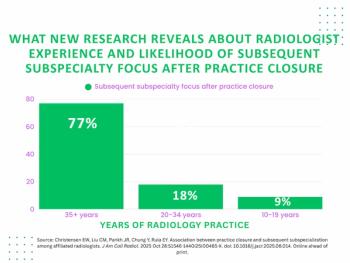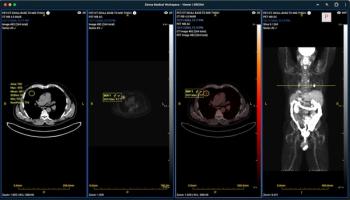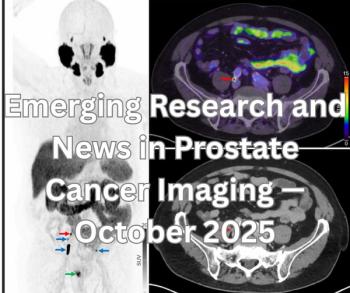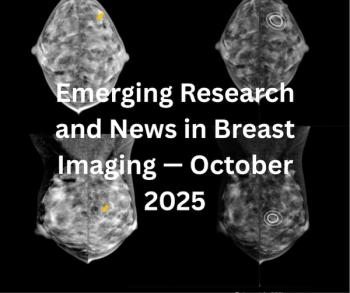
Emerging Strategies for Managing the Acute Shortage of Iodinated Contrast Media
In a recent video interview, two radiology professors from the Yale School of Medicine discussed the impact of the iodinated contrast media (ICM) shortage and potential strategies, ranging from ICM dose reduction to possible deferment of non-urgent imaging, that may provide a viable path moving forward.
Perhaps the biggest challenge in radiology right now is the current global shortage of iodinated contrast media (ICM), which is most commonly utilized for computed tomography (CT) exams. With the temporary shortage expected to last until the end of June, radiology departments and larger medical facilities are scrambling to address this issue, which can have a significant impact on patient care.
With this in mind, we recently spoke with two professors from the Yale School of Medicine: Dr. Joseph Cavallo, an Assistant Professor of Radiology and Biomedical Imaging, and Dr. Jay Pahade, an Associate Professor and Vice-Chair of Quality and Safety for Radiology and Biomedical Imaging.
Dr. Cavallo and Dr. Pahade recently
Dr. Pahade called ICM a mission critical agent.
“Most institutions rely heavily on contrast-enhanced CT for the management of their patients both inside and outside of the emergency department (ED). Almost every critical diagnosis in medicine has some arm tied to CT imaging in one fashion or another,” emphasized Dr. Pahade.
For additional insights on the shortage of iodinated contrast media, watch the video below.
Newsletter
Stay at the forefront of radiology with the Diagnostic Imaging newsletter, delivering the latest news, clinical insights, and imaging advancements for today’s radiologists.






























